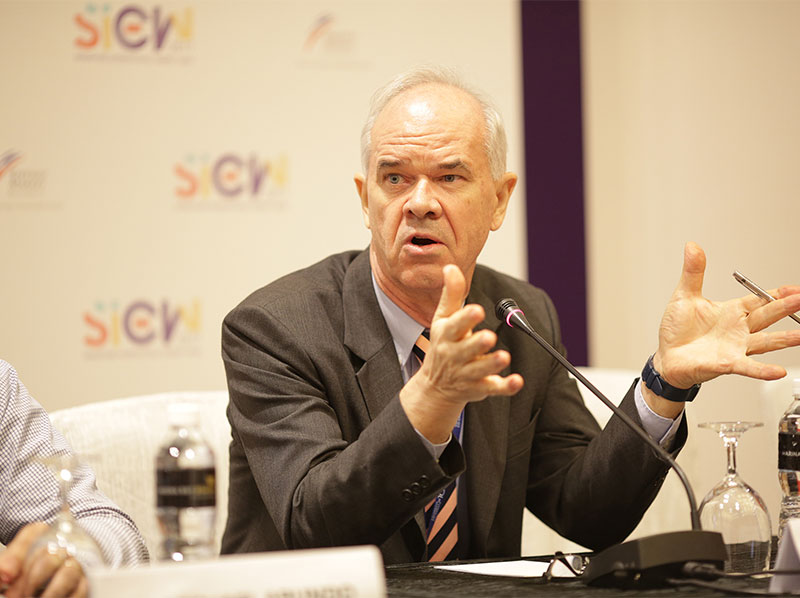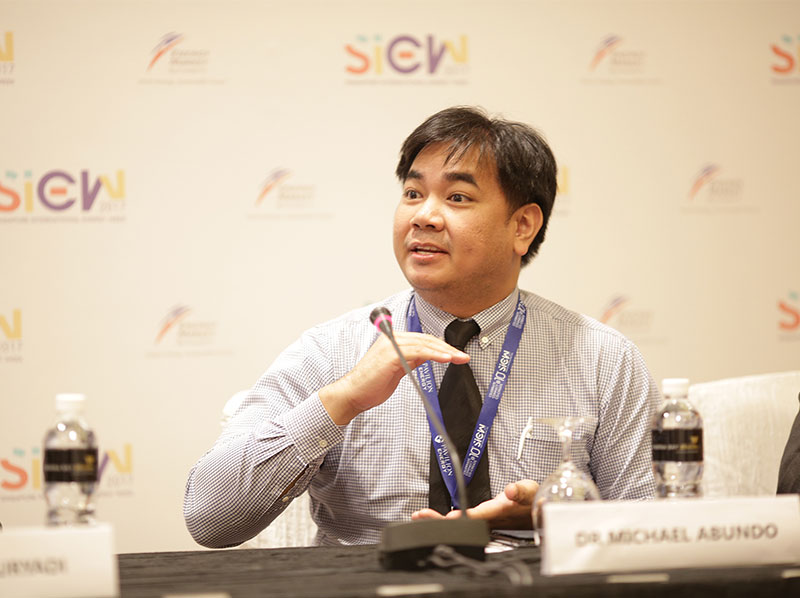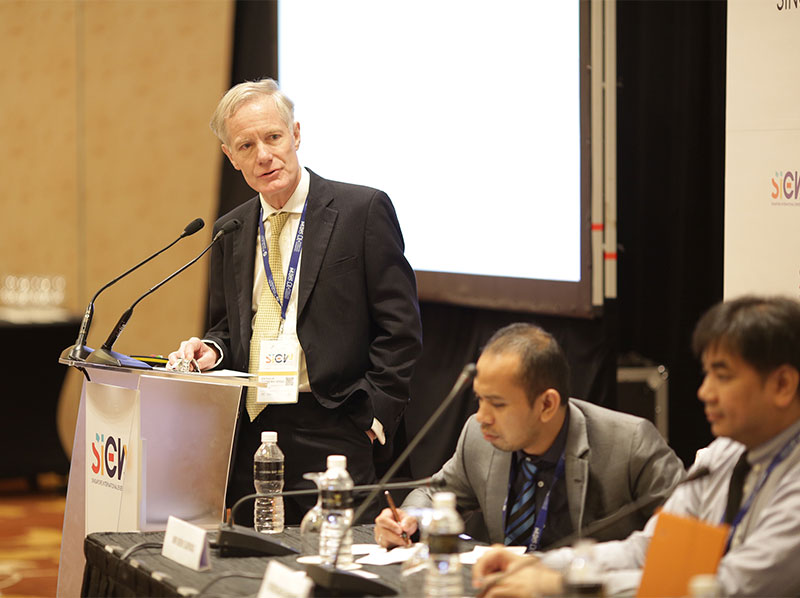By David Yeo
Today 107 million people in Southeast Asia live without access to grid-quality electricity, said Mr Beni Suryadi, Acting Manager, Policy and Research Analytics, ASEAN Centre for Energy (ACE) during a roundtable at SIEW 2017.

This group of people, mostly living in remote areas, rely on off-grid energy generation which is mostly dominated by diesel. They are therefore susceptible to a number of issues, including exposure to significant price volatility, high transportation costs and increased carbon emissions.
There is a significant opportunity to utilise cleaner energy sources to increase the affordability, reliability and sustainability of off-grid generation.
Three sources were raised by the roundtable participants:
1. Marine renewable energy
Dr Michael Lochinvar Sim Abundo, Managing Director of OceanPixel, highlighted the potential of marine renewables in Southeast Asia.
He shared that in 2016, a team of specialists developed an industrial micro-grid, which incorporated the use of tidal energy for a woodchip factory in West Papua, Indonesia. The development achieved a significant reduction in the effective electricity rate – from US$0.50/kWh using only diesel generators, down to US$0.37/kWh using a hybrid set-up including a tidal turbine installation.

The high predictability of tidal energy (up to 18 years into the future) also translates into a greater degree of system reliability, Mr Abundo added as he called for the formation of a Marine Renewable Energy Hub to align, coordinate and steer ASEAN’s efforts in marine renewable energy.
2. Small-scale LNG
Mr Tony Regan, Managing Director of DataFusion Associates, said the use of LNG for small-scale grids is increasingly viable, thanks to the optimisation of supply chain, through aspects such storage minimisation and maximisation of LNG carriers.
The world’s first small-scale LNG receiving terminal has been built in Bali, Indonesia.
Such strategically located small-scale terminals will enable the use of cleaner LNG in previously inaccessible locations, said Mr Regan. The challenge is to “provide an infrastructure and supply chain that is cost effective”.

3. Small modular nuclear reactors
In 2017, the nuclear share of global energy generation declined to 10.5 percent, down from 17.5 percent in 1996.
The limited prospects for nuclear power are mainly due to high cost, concerns over safety standards (including dealing with radioactive waste), and the potential danger of increased nuclear weapon proliferation.
Professor M.V. Ramana of the University of British Columbia shared about the prospects of deploying small modular nuclear reactors (SMRs) to support small-scale grids. The challenge, he said, is that SMRs are still an unproven technology and there is a lack of market potential to justify large-scale industrial production.
4. Building an enabling environment for emerging technologies
Political will and consistent policy and regulations are crucial to achieving full electricity access in Southeast Asia, said Dr Maxensius Sembodo, Head of Division for Management and Dissemination of Research at the Indonesian Institute of Science. Better coordination and alignment between various government departments are also necessary.